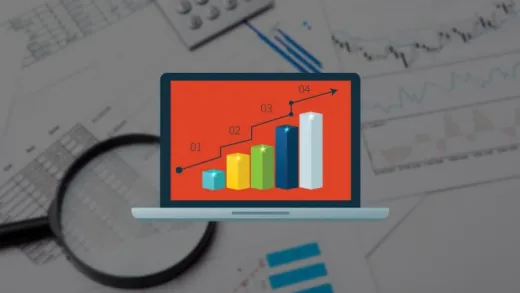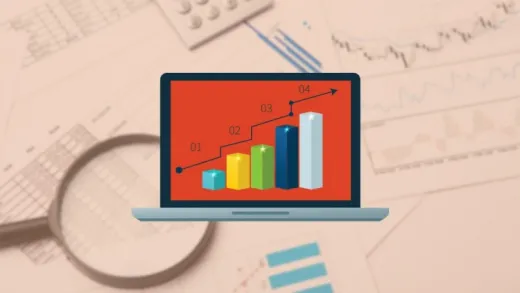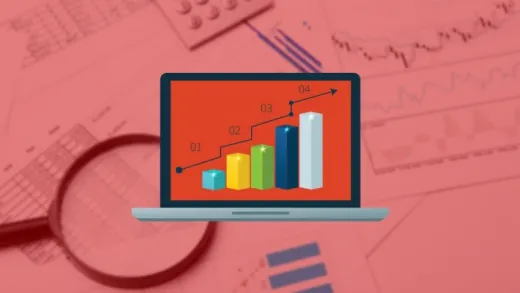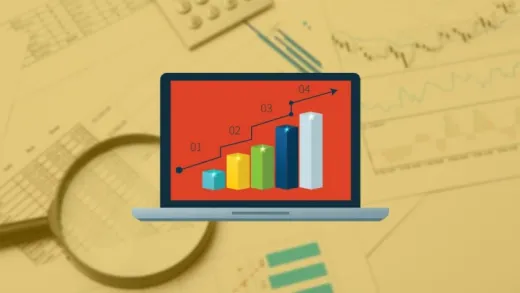Brief Summary
This course teaches you how to read the market like a pro by analyzing volume, the often-overlooked indicator. You'll grasp the art of spotting smart money moves, understanding market turns, and improving your trading success by following the right leads.
Key Points
-
Volume shows activities of 'smart money'.
-
Critical for spotting market reversals.
-
Combines volume analysis with price action.
-
Tracks buying and selling actions of big players.
-
Simplifies complex market movements.
Learning Outcomes
-
Identify smart money activities accurately.
-
Analyze both long and short term stock charts.
-
Spot major market reversals before they happen.
-
Understand the concepts of distribution and accumulation.
-
Increase your odds of success in trading.
About This Course
Learn strategies to spot and track the Big Players and their trends trends. Volume analysis is a key skill.
VOLUME ANALYSIS AND TRACKING SMART MONEY
Volume is perhaps the most under-rated indicator in the markets. Volume shows the activities of the big hedge funds and proprietary desk traders, players we often refer to as "smart money". Good volume analysis shows critical points at which markets turn around, when activity levels are low or high or when smart money is active or inactive. In this course, we analyze various stock charts, and combine volume analysis with price action. Volume also provides a storyline to the markets. Constructing this storyline correctly is critical in terms of trade entry and exits.
Smart Money or Big money has always tried to (legally) manipulate the markets to their advantage. Their goals are to conceal their activities as much as possible. But Volume is one indicator they cannot conceal. In many ways, this course levels the playing field for the average retail investor. Once you take this course, you'll know what to look for, and you'll be in a position to track smart money as they're entering a Stock or they're running for the exits. And your objective is to "follow the smart money". When you position your trades in harmony with the money flows of smart money, you're adding a whole layer of high-probability characteristics to your investing activities.
This is an exciting course !
What you will master
Why is Volume the most under-rated indicator
Identify the activities of smart money precisely
"Swim with the tide" - increase your odds of success
How to read long term and shorter term charts
Identify points of major market reversals (before they happen)
What is Distribution and Accumulation
Put short term price action in context of longer term charts
All of this explained in simple terms
Study of various charts on various timeframes
SECTION I
In this Section, we explore why Volume is a critical indicator to study, and why this is the only indicator that clearly shows the activities of Smart Money. What can Volume analysis tell us about activity levels in the markets. Volume is sometimes referred to as the "fuel of the markets", and this is very true. This Section also defines some of the rules of "Smart Money". These rules form the basis for the games and that Smart Money play, and the tactics they deploy to manipulate the markets to their advantage.
SECTION II
This section is a deep-dive into the methodology for spotting and tracking "Smart Money" using Volume analysis. A perfect timeframe for analyzing these activities was during the period preceding the financial crisis of 2007/2008 and the period after the bottom in March 2009. And there is no better instrument to study this than the S&P 500 Index itself. This section is a fascinating and shocking analysis of how we could spot Smart Money doing the following -
- Start selling in March 2007, about 6 months before the top in October 2007
- They sold ("distributed") for about 9 months with barely a move in price
- Ran the bear market down to their liking
- Start "accumulating" stock by the end of 2008
- Finished accumulation phase over a period of 9 months
- Are running the Bull market right now to their liking
SECTION III
Detailed case studies of major stocks analyzing Smart money activity points -
1) BIDU - Smart Money is in, and they are not leaving
2) CAT - Similar to BIDU but more choppiness
3) FSLR - Gave a clear signal of smart money entry
4) NFLX, PCLN and FXE - Gave various signals for entry and exit
5) Silver Case study - Smart Money left Silver and has not come back yet.
Understand the importance of Volume analysis when trading the financial markets
Why the activities of "Smart Money" is revealed through Volume analysis
How can we track "Smart Money" in all major stocks and indices









Shiva
learned nothing new.